Global travel comes with a variety of risks that can affect both your employees and your business operations. From health emergencies to political unrest, the potential challenges are numerous, making travel risk management essential. By implementing proactive strategies, you can mitigate these risks, ensuring the safety of your travellers and the continuity of your business. This post will explore key strategies, ISO compliance and best practices in travel risk management, offering insights to help you protect your team.
Plus, don’t miss our free downloadable guide for a comprehensive approach to travel safety.
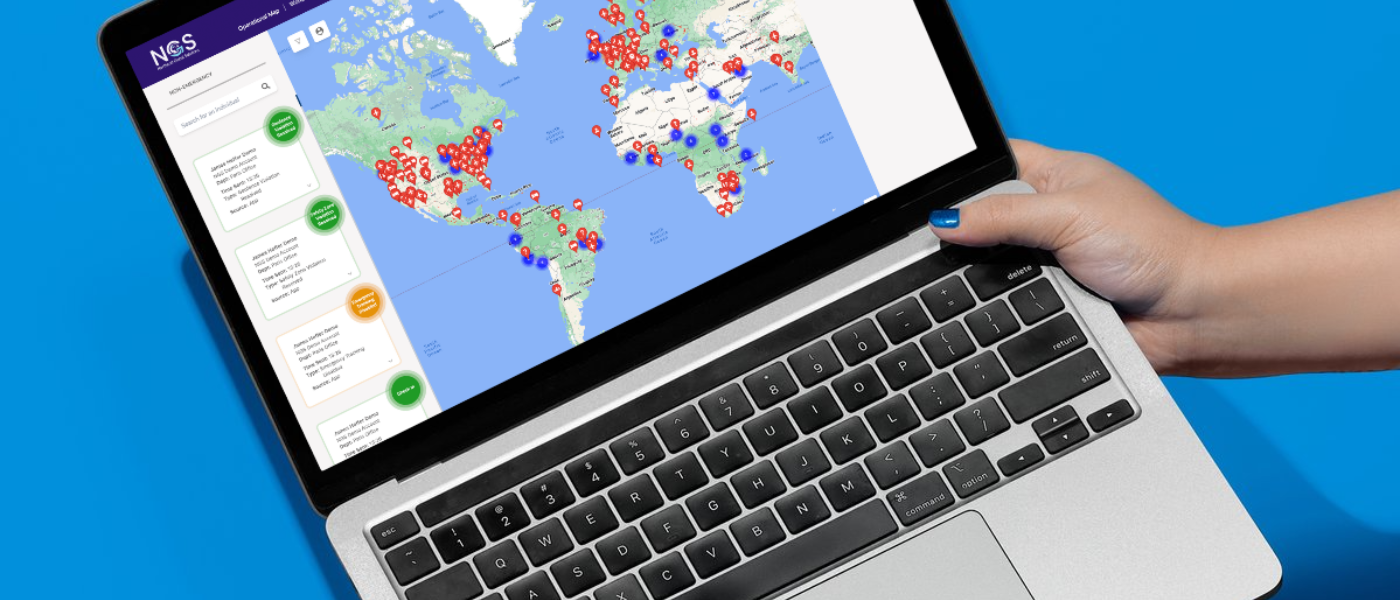
Travel risk management involves the systematic identification, assessment, and mitigation of risks associated with corporate travel. It’s about understanding the potential threats—whether they be health-related, environmental, or geopolitical—and preparing accordingly. Effective travel risk management ensures that your team is informed, prepared, and supported, with contingency plans ready to address any unforeseen events during their travels.
Business travel exposes your organisation to a range of risks that, if not managed correctly, can have serious consequences. Inadequate preparation can lead to operational disruptions, financial losses, and even endanger the safety of your employees. A lack of proper risk management may result in costly evacuations, legal complications, or damage to your company’s reputation. Prioritising travel risk management not only protects your employees but also ensures business continuity and demonstrates your commitment to duty of care.

Conducting a thorough risk assessment is the cornerstone of any effective travel risk management program. Before your team embarks on any journey, it’s crucial to identify potential threats that could arise in the destination country. This includes evaluating political stability, health risks, environmental hazards, and local security conditions. Once these risks are identified, the next step is to develop strategies for mitigating them. This could involve altering travel routes, arranging additional security measures, or providing specific training to travellers. By addressing these risks proactively, you can significantly reduce the likelihood of incidents and ensure the safety of your employees.
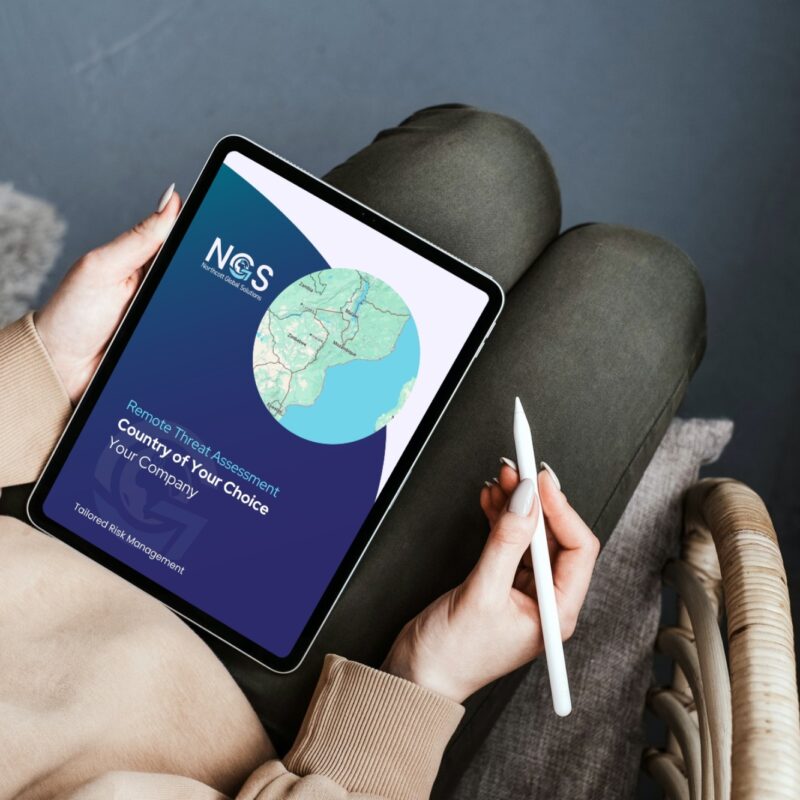
Clear and consistent communication with travellers is vital to maintaining their safety and wellbeing. It’s essential to establish robust communication channels that allow you to provide real-time updates and support. Tools and platforms such as travel management apps, SMS alerts, and secure messaging systems can facilitate this process. These platforms enable you to monitor your travellers’ locations, send alerts about emerging threats, and check in on their welfare. Effective communication ensures that your travellers are always informed and supported, no matter where they are in the world.
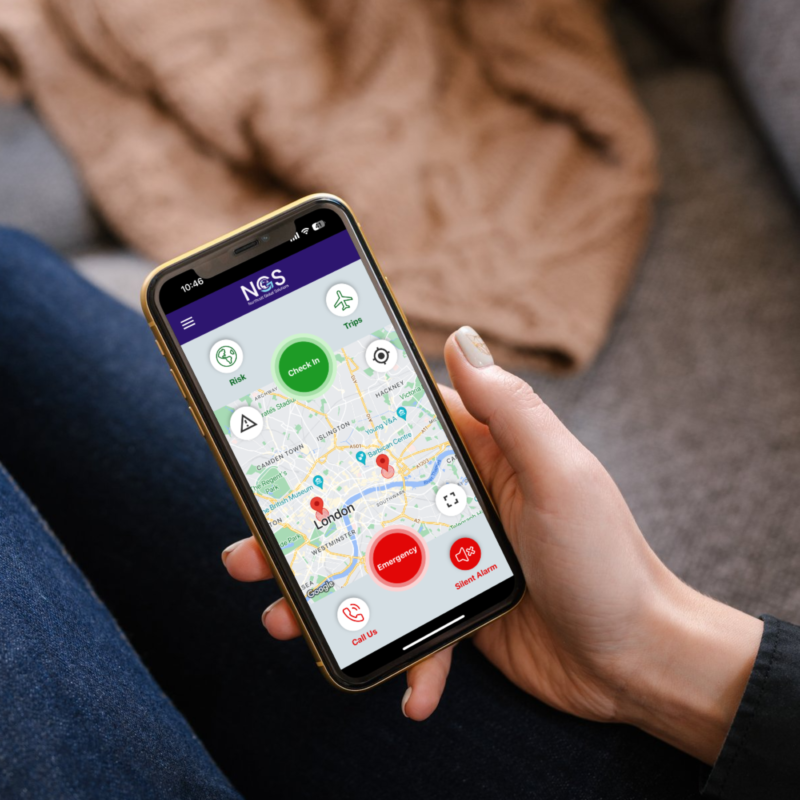
A well-developed emergency response plan is an essential component of travel risk management. In the event of a crisis, whether it’s a natural disaster, civil unrest, or a medical emergency, your organisation needs to have clear protocols in place. This includes identifying key decision-makers, establishing communication lines, and ensuring access to emergency resources. During a crisis, it’s crucial to act quickly and decisively, following the steps outlined in your plan to safeguard your travellers and minimise disruption to your operations. Regularly reviewing and practising your crisis management plan can also enhance its effectiveness when it’s needed most.

Creating comprehensive travel risk management policies is essential for ensuring the safety of your employees and the continuity of your operations. Start by identifying the specific risks associated with your organisation’s travel activities. From there, develop policies that address these risks, incorporating clear guidelines on how to manage them. It’s crucial that these policies are not only thorough but also aligned with international standards like ISO 31030. Compliance with these standards not only enhances the effectiveness of your risk management efforts but also demonstrates your commitment to best practices in duty of care.
Training your employees on travel risk management is a vital step in ensuring they are prepared to handle potential risks. Comprehensive training programs should cover the basics of risk awareness, emergency response, and the specific procedures outlined in your company’s policies. By equipping your team with the knowledge and skills they need, you empower them to make informed decisions and react swiftly in the event of an emergency. Numerous resources are available to support your training efforts, from online courses and workshops to customised training modules tailored to your organisation’s needs.
Technology plays a crucial role in modern travel risk management. Tools like mobile apps and platforms can provide real-time tracking, incident reporting, and communication, making it easier to manage risks as they arise. These tools enable you to monitor your travellers’ locations, receive alerts about emerging threats, and maintain direct communication, ensuring their safety at all times. Additionally, the use of data and analytics allows for proactive risk management, helping you to identify patterns and trends that could indicate potential risks, and enabling you to take preventative action before issues escalate.

A well-implemented travel risk management program plays a crucial role in ensuring the safety and wellbeing of your employees. By proactively identifying and mitigating potential risks, you create a safer environment for your team, whether they are travelling locally or internationally. Knowing that a comprehensive support system is in place provides your employees with peace of mind, allowing them to focus on their work without the added stress of worrying about potential dangers. This sense of security not only enhances their overall wellbeing but also boosts morale and productivity, as employees are more confident and focused when they know their safety is prioritised.
Effective travel risk management also safeguards your business assets and reputation. The financial impact of poorly managed travel risks can be substantial, ranging from direct costs associated with emergencies to long-term losses due to reputational damage. By managing these risks proactively, you minimise the likelihood of incidents that could disrupt operations or harm your company’s image. Case studies have shown that businesses with strong travel risk management programs are better equipped to handle crises, ensuring continuity and maintaining their reputation as responsible and reliable organisations. For example, companies that have successfully navigated political unrest or natural disasters have done so by having robust plans in place, which not only protected their employees but also preserved their business operations and public image.

Even the most well-designed travel risk management programs can have vulnerabilities. Common weak points often include a lack of real-time information, inadequate training for travellers, or insufficient communication protocols. These gaps can leave your employees exposed to unnecessary risks and can hinder your organisation’s ability to respond effectively in a crisis. To strengthen these areas, start by conducting regular audits of your travel risk management processes. Identify where your program might be falling short, and implement solutions such as enhancing your data collection methods, updating training programs, and improving communication channels. Regular reviews and updates ensure that your risk management program remains robust and responsive to new challenges.

Travelling to high-risk destinations presents unique challenges that require specialised strategies. Whether it’s dealing with political instability, natural disasters, or health epidemics, managing travel in these regions demands careful planning and vigilance. Key strategies include conducting thorough risk assessments before departure, establishing clear communication lines, and having contingency plans in place. It’s also crucial to stay informed about regional risks through reliable sources such as government advisories and local news outlets. Leveraging resources like security briefings and expert consultations can provide your team with the insights needed to navigate these complex environments safely.
When choosing a travel risk management provider, consider the following:
Regularly assess your current travel risk management provider by considering:
Our Travel Risk Management Guide provides essential insights into creating and maintaining a robust travel risk management program. Inside, you’ll find:
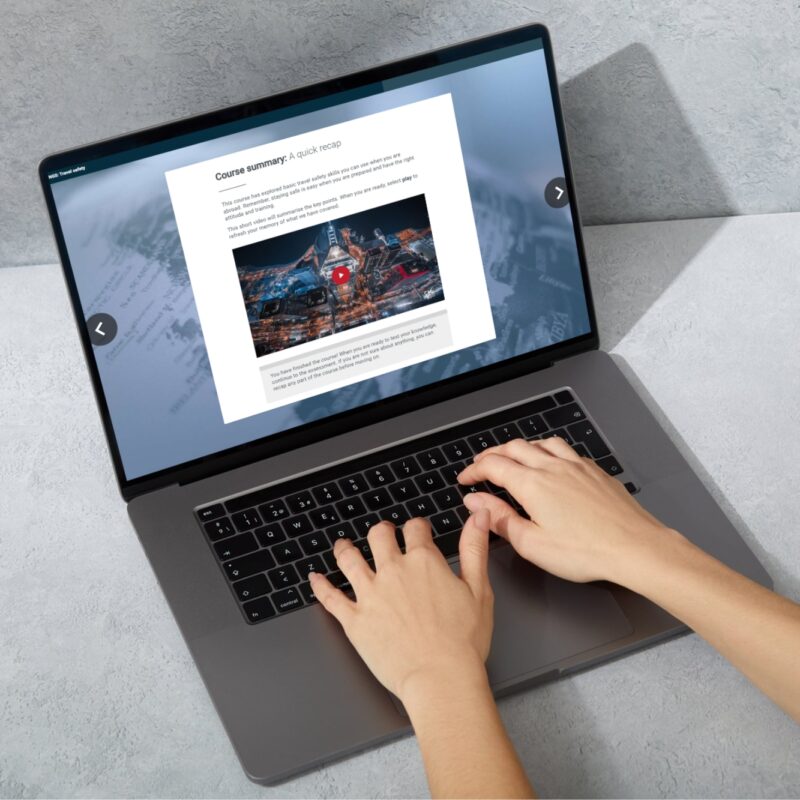
Learn how to establish a robust TRM policy, engage with your provider, and ensure traveller readiness through education and technology.

Discover best practices for monitoring travellers, staying connected with your risk management provider, and handling real-time risk assessments and emergencies.
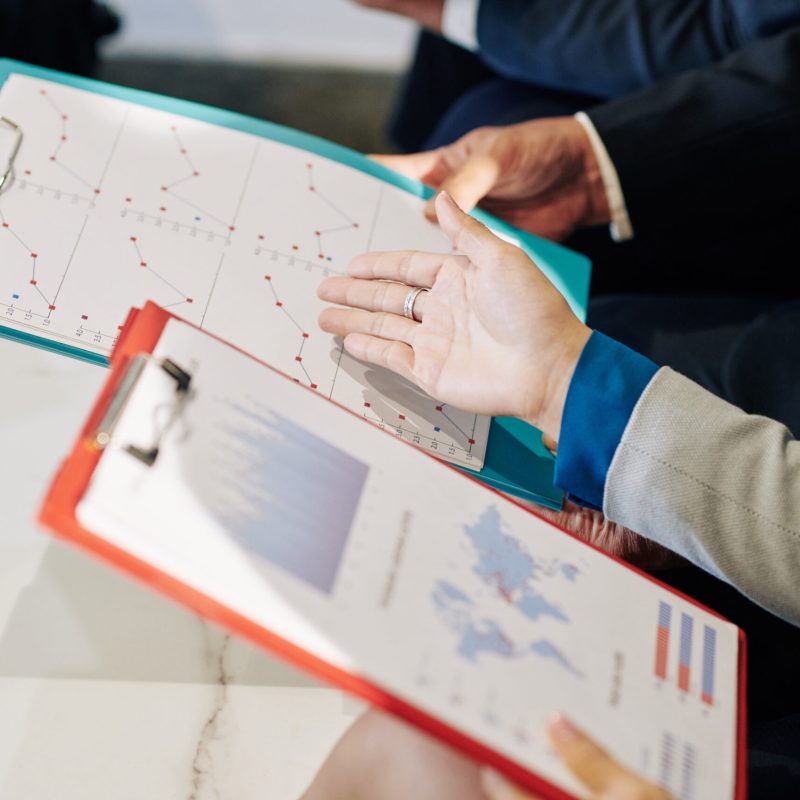
Explore methods for conducting post-travel debriefs, reviewing TRM policies, and implementing continuous improvements to your travel risk management strategy.
This guide is designed to help you build a stronger, more resilient travel risk management program, ensuring your business and employees are well-protected.
Getting your copy of the guide is simple:
1. Fill Out the Form: Provide basic information to receive your free copy.
2. Click the Download Button: Access the guide by clicking the download button on this page.
By using this guide, you’re taking an important step towards enhancing your organisation’s travel risk management strategy.
